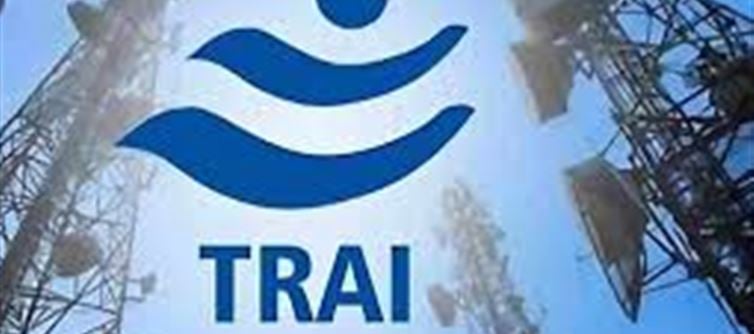
The Telecom Regulatory Authority of india (TRAI) has introduced a new draft regulation that will drastically change the way TV channels are regulated and distributed across the country starting in 2026. These rules will bring transparency and accountability to the broadcasting sector, especially concerning audit practices and channel operations. If you’re a regular tv viewer or use cable/DTH services, these updates are crucial for you. Let’s dive into the major changes coming your way.
1. Mandatory Channel Audits for Transparency
One of the biggest changes is the introduction of mandatory audits for tv channels.
· What it means: tv channels will be required to undergo an audit to ensure that their viewership and revenue claims are accurate and transparent.
· Why it matters: This will ensure that advertisers and consumers are not misled by inflated viewership numbers or false claims. It will help regulate the accuracy of data provided by tv channels to their stakeholders.
2. Increased Transparency in Content Distribution
Under the new guidelines, content distribution will become much more transparent.
· What’s new: Channels must now disclose detailed information about their programming and viewership data.
· Why it’s important: This will help consumers understand what they are watching, and advertisers will have more accurate information to make decisions on where to invest their money.
3. Clearer Pricing and Subscription Models
TRAI’s new rules will bring clarity to pricing and subscription models for tv channels.
· What’s new: tv channels and DTH/cable providers will need to display their subscription charges and packages more transparently.
· Why it matters: Viewers will have a clear understanding of what they are paying for and the true cost of the channels they are subscribing to. This aims to eliminate hidden charges and confusing pricing models.
4. Monitoring of Channel Viewership Data
TRAI’s updated rules will involve monitoring and validating the viewership data provided by tv channels.
· What’s new: Third-party agencies will be tasked with validating the viewership numbers provided by tv channels to ensure accuracy.
· Why it’s important: This will reduce discrepancies in viewership figures and make it more difficult for channels to manipulate data for higher advertising rates.
5. Enhanced Consumer Protection
With these new regulations, consumer protection is a top priority for TRAI.
· What’s new: The rules will make it easier for consumers to file complaints related to subscription issues, channel changes, or content discrepancies.
· Why it matters: This will give consumers a more direct line of recourse and ensure they are not charged unfairly or misled by false claims.
6. Impact on Advertisers and Broadcasters
Advertisers and broadcasters will also feel the impact of these new rules.
· What’s new: Advertisers will have access to more accurate and transparent data about viewership, while broadcasters will be required to adjust their pricing models to be more in line with the actual demand and viewership data.
· Why it matters: This will foster a more fair and competitive environment in the advertising industry, benefiting both parties.
Final Thoughts
The TRAI draft regulations for 2026 will bring significant changes to the tv channel and broadcasting landscape in India. With an emphasis on transparency, accountability, and consumer protection, these new rules are designed to ensure that both broadcasters and viewers are treated fairly. It will make the entire process of content distribution and advertising more efficient, helping the industry evolve with the times.
Disclaimer:
The views and opinions expressed in this article are those of the author and do not necessarily reflect the official policy or position of any agency, organization, employer, or company. All information provided is for general informational purposes only. While every effort has been made to ensure accuracy, we make no representations or warranties of any kind, express or implied, about the completeness, reliability, or suitability of the information contained herein. Readers are advised to verify facts and seek professional advice where necessary. Any reliance placed on such information is strictly at the reader’s own risk.
.jpg)




 click and follow Indiaherald WhatsApp channel
click and follow Indiaherald WhatsApp channel